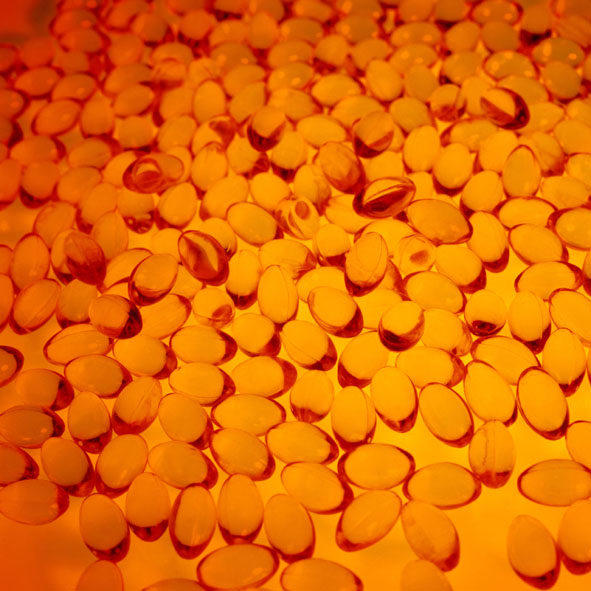
EMA announced on 28 September 2012 that it has adapted its guidance in order to make it easier for new biosimilar products to be approved in the EU. The changes in policy mean that EMA will accept clinical data from biosimilar medicines approved outside the European Economic Area (EEA).
In order to facilitate this change, EMA has updated its guidance for pharmaceutical companies on biosimilar medicines to reflect the European Commission’s confirmation that it intends to accept batches of reference medicines sourced from outside the EEA in the future. EMA states that the agency has done this in order ‘to facilitate the global development of biosimilars and avoid the unnecessary repetition of clinical trials’.
The updated information for applicants can be found in question 4 of the questions and answers on similar-biological-product applications on EMA’s website.
The changes although simple, could have profound consequences for biosimilars manufacturers, who are currently ‘required to identify a reference medicine that is or has been authorised in the EEA and whose batches are sourced from within the EEA’. With the new approach, which was first announced by Commissioner John Dalli in Malta on 15 June 2012, ‘the agency will begin to accept reference medicine batches sourced from outside the EEA in certain preclinical and clinical studies in the comparability exercise.’
This decision could mean significant savings for biosimilars manufacturers, as trials conducted elsewhere, using other reference products, may now be used for the EU filing, whereas in the past these trials would have had to be repeated in European patients, using an EU-approved reference product.
The only catch is that applicants will have to prove that batches sourced from outside the EEA are representative of the reference medicine authorised in the EEA through an extensive analytical comparison. EMA will require comparative pharmacokinetic and pharmacodynamic data to ascertain the suitability of batches of the reference medicines.
The changes will come into effect after the revision of EMA’s overarching guideline on similar biological medicinal products. EMA expects to release a draft version of this revised guideline for public consultation in early 2013.
Related article
Source: www.gabionline.net
